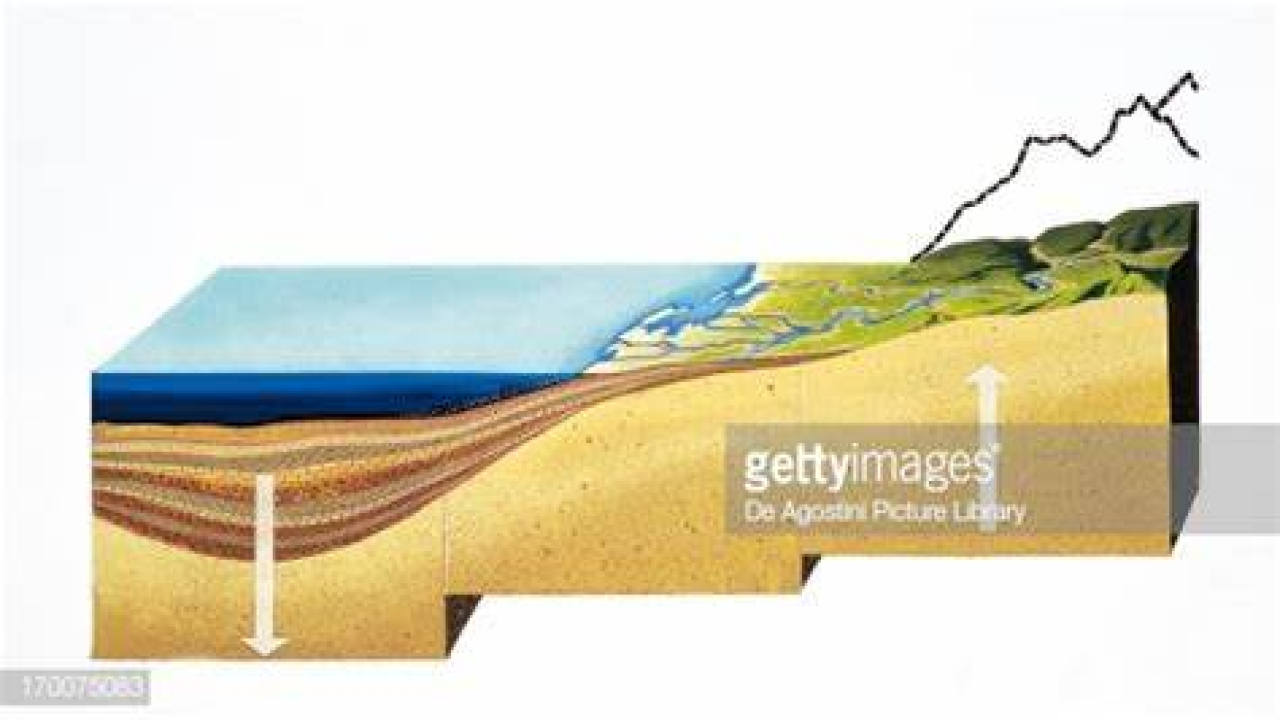Geosynclines
Geosynclines are geological formations that played a significant role in shaping the Earth’s surface over millions of years. They are commonly found in mountainous regions and are characterized by their deep sedimentary basins, which are created by the accumulation of eroded materials from the surrounding areas. In this article, we will explore the origins, characteristics, and significance of geosynclines.
What are Geosynclines?
Geosynclines are long, narrow troughs or basins that are formed by the sinking of the Earth’s crust under its own weight. They are typically found at the margins of continental plates, where tectonic forces create areas of subsidence. As the crust subsides, sedimentary rocks and volcanic material are deposited in the basin, gradually filling it up over time.
Characteristics of Geosynclines
Geosynclines are characterized by their deep sedimentary basins, which can be several kilometers in depth. The sediments that accumulate in these basins are typically composed of a mixture of sand, silt, and clay, along with other materials such as volcanic ash and organic matter. These sediments are often deposited in layers, with the oldest layers at the bottom and the youngest layers at the top.
Geosynclines can also be identified by their distinct geological features, which can include fold and thrust belts, volcanic activity, and metamorphic rocks. These features are the result of the tectonic forces that shape the geosyncline, as well as the erosion and weathering that occurs over time.
Origins of Geosynclines
Geosynclines are believed to have originated during the Precambrian era, around 2.5 billion years ago. At this time, the Earth’s crust was still relatively young and malleable, and tectonic activity was much more intense than it is today. As the continental plates shifted and collided, areas of subsidence began to form, creating the first geosynclines.
Over time, these geosynclines became sites of intense geological activity, with volcanic eruptions, earthquakes, and other tectonic events shaping the landscape. The sediments that accumulated in the basins also provided a rich source of nutrients for the development of life, leading to the emergence of new species and ecosystems.
Significance of Geosynclines
Geosynclines have played a significant role in the Earth’s geological history, shaping the landscape and providing a habitat for numerous species. They have also been important sources of mineral deposits, such as gold, silver, and copper, which have been mined for thousands of years.
In addition, the study of geosynclines has provided valuable insights into the Earth’s geological processes and the history of life on our planet. By examining the sediments and rocks that have accumulated in geosynclines, geologists can learn about the environmental conditions that existed millions of years ago, as well as the species that lived during those times.


